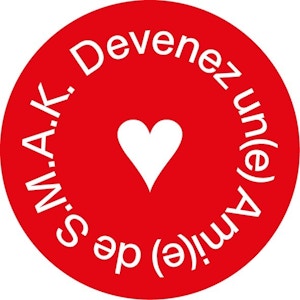NL - Al sinds 2011 brengt Boghiguian de lange geschiedenis van de katoenhandel in kaart en onderzoekt ze onder meer de impact ervan op het gebied van de mensenrechten. In de installatie ‘Woven Winds. The Making of an Economy – Costly Commodities’ (Geweven winden. Het ontstaan van een economie – Kostbare grondstoffen) schetst Anna Boghiguian de onlosmakelijke verbondenheid van de Amerikaanse katoenhandel met slavernij, geweld en uitbuiting. De sociale en raciale ongelijkheden die er ontstonden, zetten zich tot op de dag van vandaag hardnekkig verder.
‘Woven Winds’ bevat onder meer scènes van Afrikaanse slaven die over de Atlantische Oceaan naar de Nieuwe Wereld voeren in vaartuigen die voor velen onder hen hun drijvende doodskist werd. Ook de ‘cotton gin’ is te zien, een machine uitgevonden in 1793 door de Amerikaan Eli Whitney, waarmee zaadjes van de katoenplant automatisch van de vezel konden worden gescheiden. De machine was gevaarlijk in gebruik, maar versnelde de fabricage van textiel zienderogen, met als gevolg dat de katoenteelt en de slavernij op de plantages een hoge vlucht namen. Recenter was katoen de motor voor de modernisering van steden zoals Caïro, Mumbai en Shanghai, met als keerzijde de huidige uitbuiting van textielarbeiders in lageloonlanden en de strijd om landbouwgrond.
ENG - installation with paint, cut-out figures in wax and pencil on paper; supports in wood and metal
Since 2011, Boghiguian has been charting the long history of the cotton trade and investigating, among other things, its impact on human rights. In the installation ‘Woven Winds. The Making of an Economy – Costly Commodities’, the artist outlines the indivisible links between the American cotton trade and slavery, violence and exploitation. The social and racial inequalities that this caused are very much in evidence today.
‘Woven Winds’ includes scenes of African slaves sailing across the Atlantic to the New World in vessels that, for many of them, became floating coffins. Also on display is the ‘cotton gin’, a machine invented by the American Eli Whitney in 1793. The contraption allowed seeds from the cotton plant to be automatically separated from the fibre. It was dangerous to operate but greatly speeded up the manufacture of textiles, thereby causing cotton cultivation, plantations and slavery to skyrocket. More recently, cotton has been the driving force behind the modernisation of cities such as Cairo, Mumbai and Shanghai, with the downside being the present-day exploitation of textile workers in low-wage countries and the fight for agricultural land.
FR - installation avec peinture, figurines découpées à la cire et au crayon sur papier; supports en bois et en métal
Depuis 2011, Boghiguian se penche sur la longue histoire du commerce du coton et explore, entre autres, son impact sur les droits de l’homme. Dans l'installation ‘Woven Winds. The Making of an Economy – Costly Commodities’ (Vents tissés. L’émergence d’une économie – Matières premières précieuses), Anna Boghiguian dresse le lien indissociable entre le commerce du coton américain et l'esclavage, la violence et l'exploitation. Les inégalités sociales et raciales qui ont ainsi vu le jour et sont encore fameusement présentes à l’heure actuelle.
Dans ‘Woven Winds, on retrouve, entre autres, des scènes d’esclaves africains traversant l'océan Atlantique vers le Nouveau Monde, dans des navires qui, pour beaucoup d'entre eux, devinrent leur cercueil flottant. On y voit également le ‘cotton gin’, une machine inventée en 1793 par l'Américain Eli Whitney, qui permettait de séparer automatiquement les graines du cotonnier de la fibre. Alors que la machine était dangereuse à utiliser, elle accélérait toutefois nettement la production de textiles, faisant monter en flèche la culture du coton et l'esclavage dans les plantations. Plus récemment, le coton fut un moteur de modernisation pour des villes telles que Le Caire, Mumbai et Shanghai, ce qui explique l’exploitation actuelle des travailleurs du textile dans les pays à bas salaires, ainsi que la lutte pour les terres agricoles.














